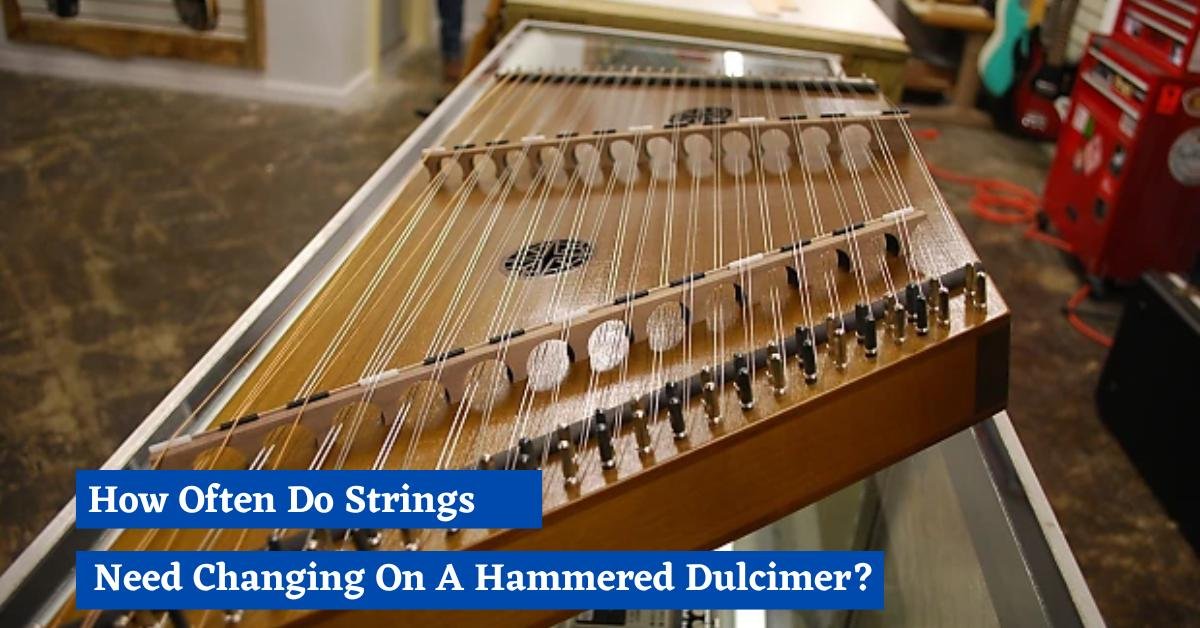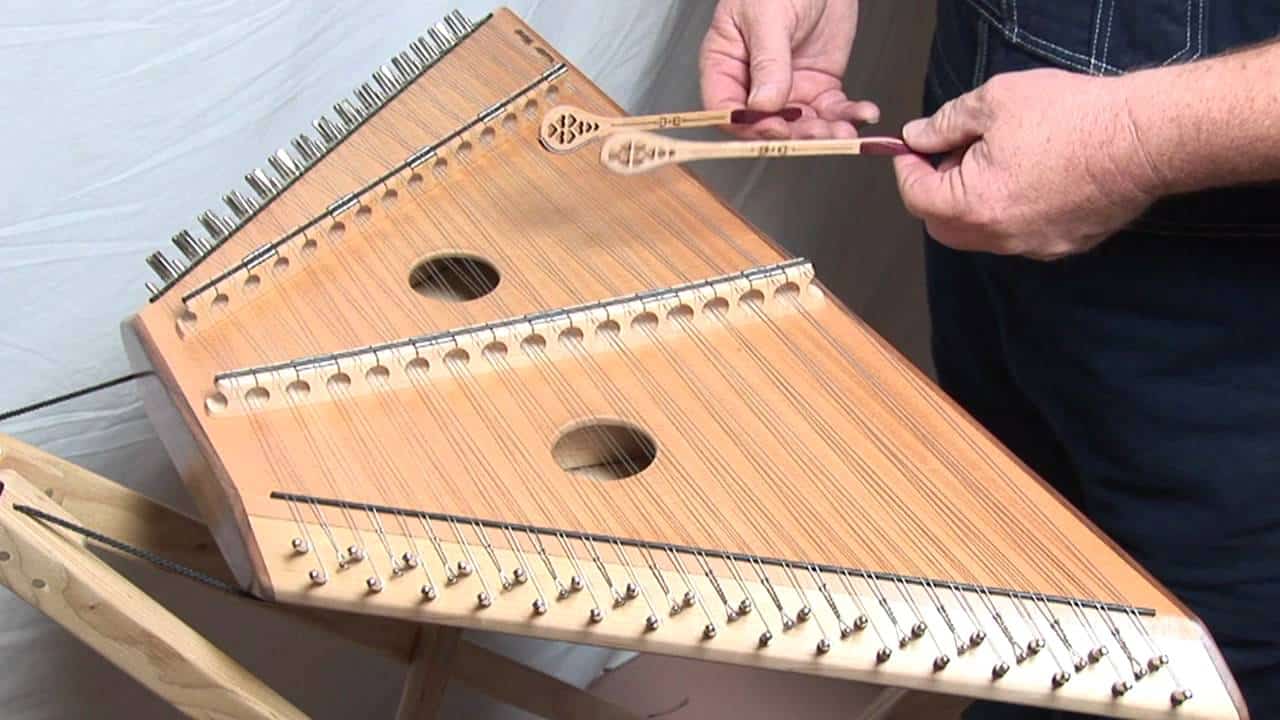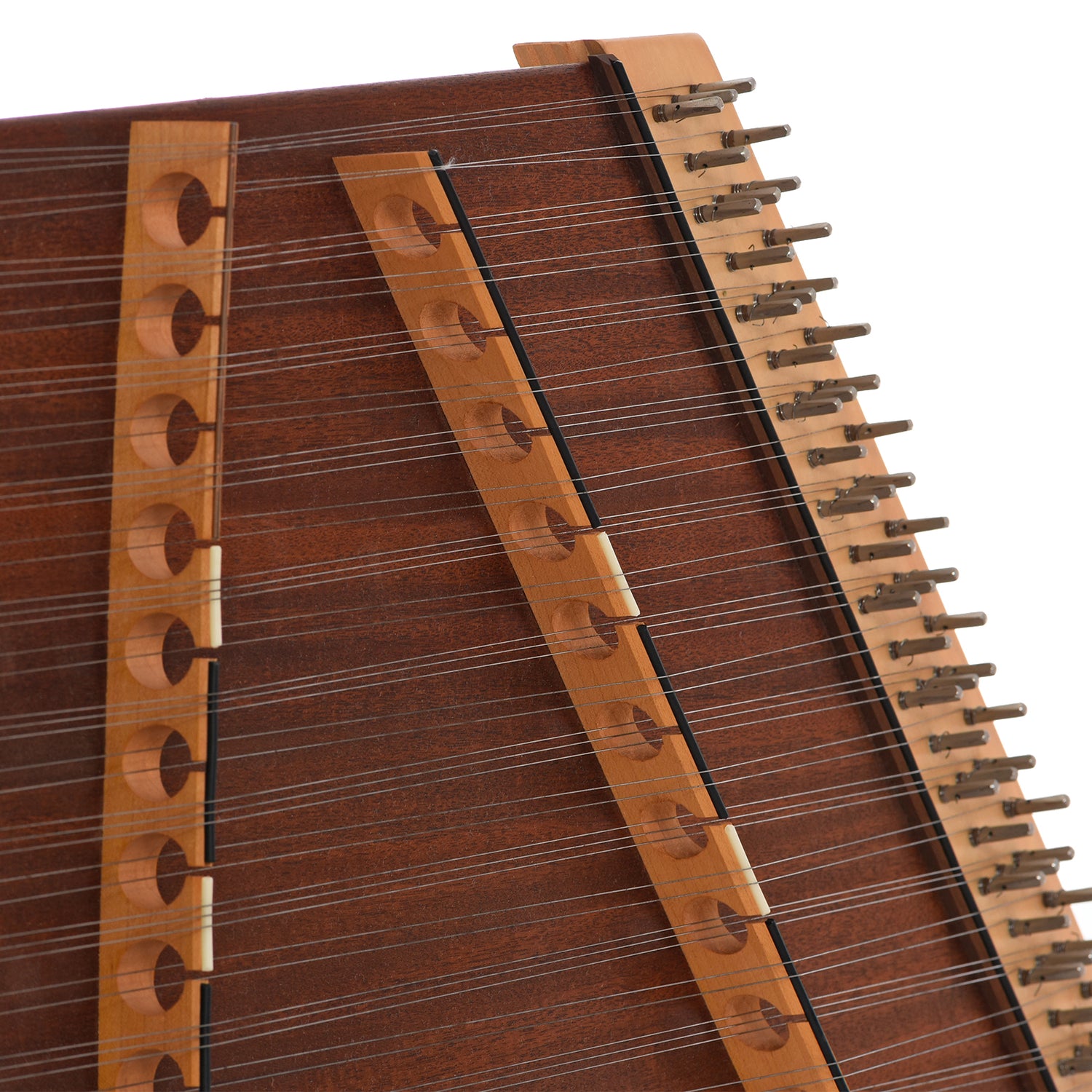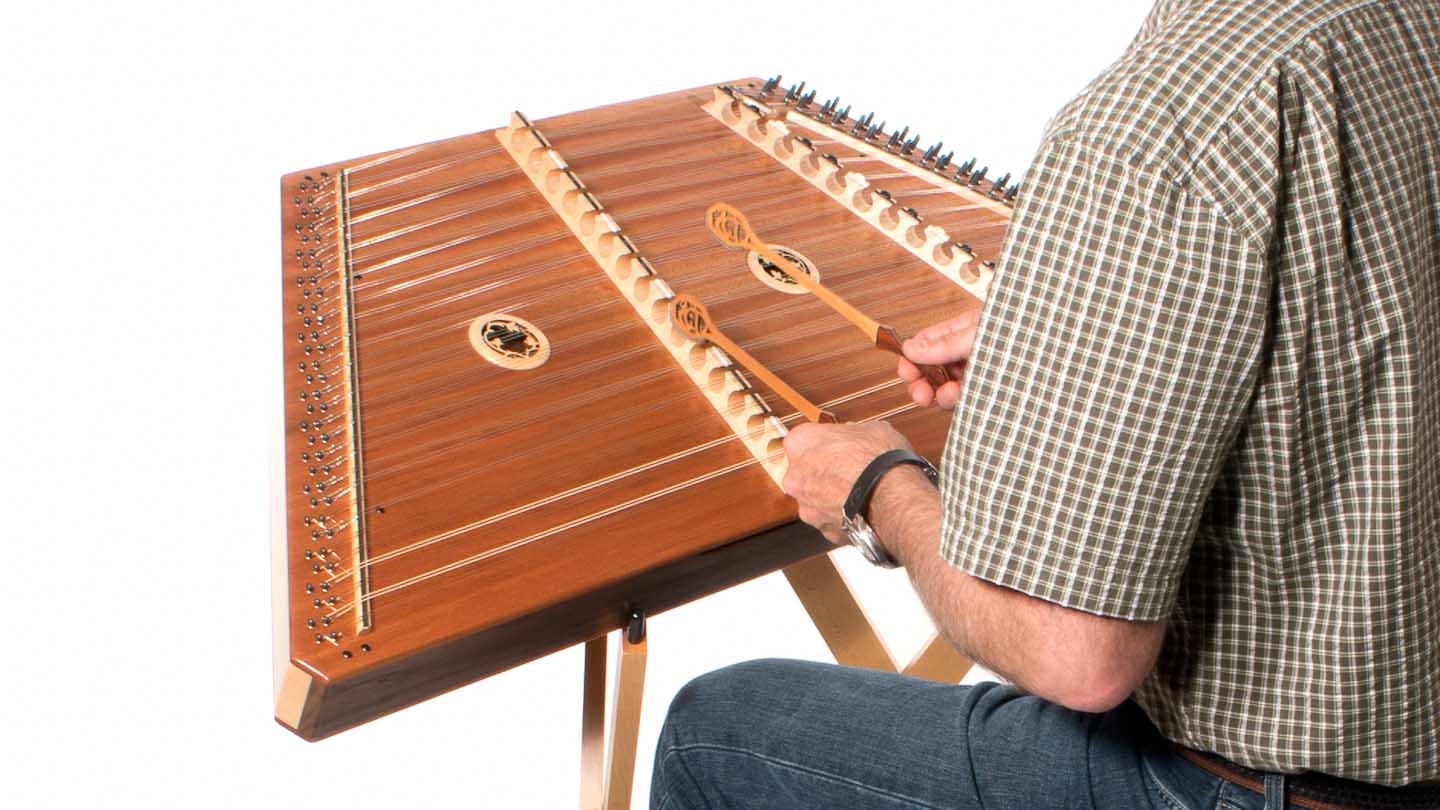Physical Address
304 North Cardinal St.
Dorchester Center, MA 02124
Physical Address
304 North Cardinal St.
Dorchester Center, MA 02124


How Often Do Strings Need Changing On A Hammered Dulcimer: Strings on a hammered dulcimer should be changed at least once a year for casual players, every six months for regular players, and every three to four months for professional performers.
Before delving into how often you should change the strings on a hammered dulcimer, it’s essential to understand the construction of these strings. Most hammered dulcimers have strings made from steel or other metals, and they come in various thicknesses or gauges. The thickness of the string affects the pitch and volume of the note it produces. Thicker strings tend to produce lower, fuller tones, while thinner strings result in higher, brighter tones. The strings are stretched across the soundboard, and when struck with mallets, they vibrate to produce sound.

The frequency of string changes on a hammered dulcimer can vary significantly depending on several factors. Let’s explore the key elements that influence how long your dulcimer strings will last.
The frequency of string changes for a hammered dulcimer can vary from player to player, but a general guideline can be helpful. Here are some recommendations:

It’s essential to monitor the condition of your dulcimer strings regularly. Look for signs of wear, discoloration, or any noticeable changes in tone. If you observe any of these signs, it may be time for a string change.
Proper maintenance can significantly extend the lifespan of your hammered dulcimer strings. Here are some essential tips to keep your strings in top shape:
The lifespan of dulcimer strings can vary based on factors like playing frequency, technique, and environmental conditions. On average, high-quality strings can last six months to a year for regular players. Casual players may get up to a year of use, while professional performers may need to change them every three to four months due to increased wear and tonal changes. Regular inspection and proper maintenance can help maximize the longevity of dulcimer strings.
The cost of restringing a hammered dulcimer can depend on several factors, such as the number of strings, the quality of strings chosen, and the labor charges. On average, restringing a hammered dulcimer can range from $100 to $200, including the cost of strings. High-quality strings may be more expensive, but they tend to last longer and offer better tonal characteristics, making them a worthwhile investment for serious players.

Cleaning hammered dulcimer strings is essential to maintain their clarity and prolong their life. To clean them, first, remove the dust and debris using a soft brush or cloth. For more thorough cleaning, dampen a cloth with a mild cleaning solution (water mixed with a small amount of mild soap) and gently wipe each string. Avoid using abrasive materials or harsh chemicals, as they can damage the strings. After cleaning, dry the strings with a separate cloth to prevent moisture-related issues. Regular cleaning can improve the strings’ longevity and preserve their tone.
Can I prolong the life of my dulcimer strings by loosening them when not in use?
Loosening the strings when not in use is generally not recommended. The constant tension changes can lead to tuning instability and may not significantly prolong the string life. Instead, focus on proper storage and maintenance practices.
Should I change all the strings at once or one at a time?
It’s generally best to change all the strings at once. Changing them together ensures consistent tension and tone across the instrument.
What are the signs that indicate it’s time to change the strings?
Signs that it’s time to change the strings include discoloration, loss of brightness in tone, visible wear, or strings breaking more frequently.
Maintaining the strings on your hammered dulcimer is crucial for preserving its beautiful sound and ensuring a rewarding playing experience. The frequency of string changes depends on factors like play frequency, technique, environment, and string quality. By understanding these factors and following proper maintenance practices, you can enjoy your hammered dulcimer’s enchanting melodies for years to come. Remember to keep a close eye on your strings, and when in doubt, consult with a professional luthier for guidance on your instrument’s specific needs. Happy playing!
[…] hammered dulcimer typically boasts a range of 3 to 5 octaves, resulting in around 60 to 100 strings. These strings are struck with mallets, enabling the player to produce a wide array of tones by […]